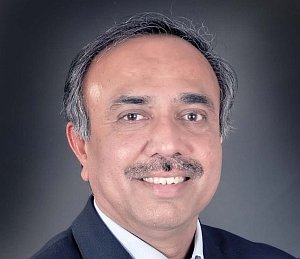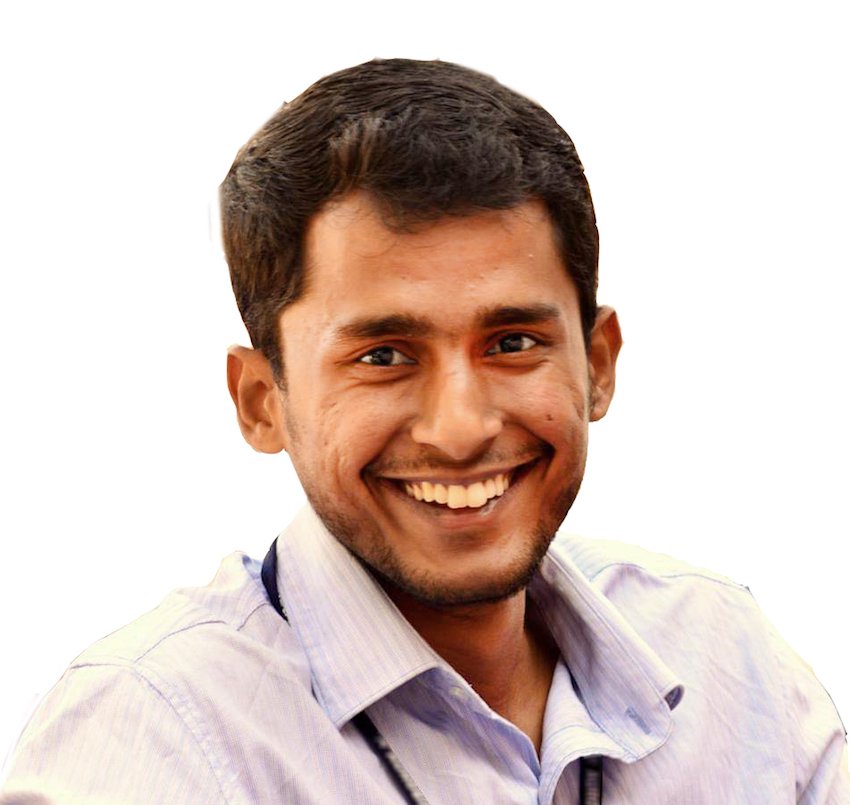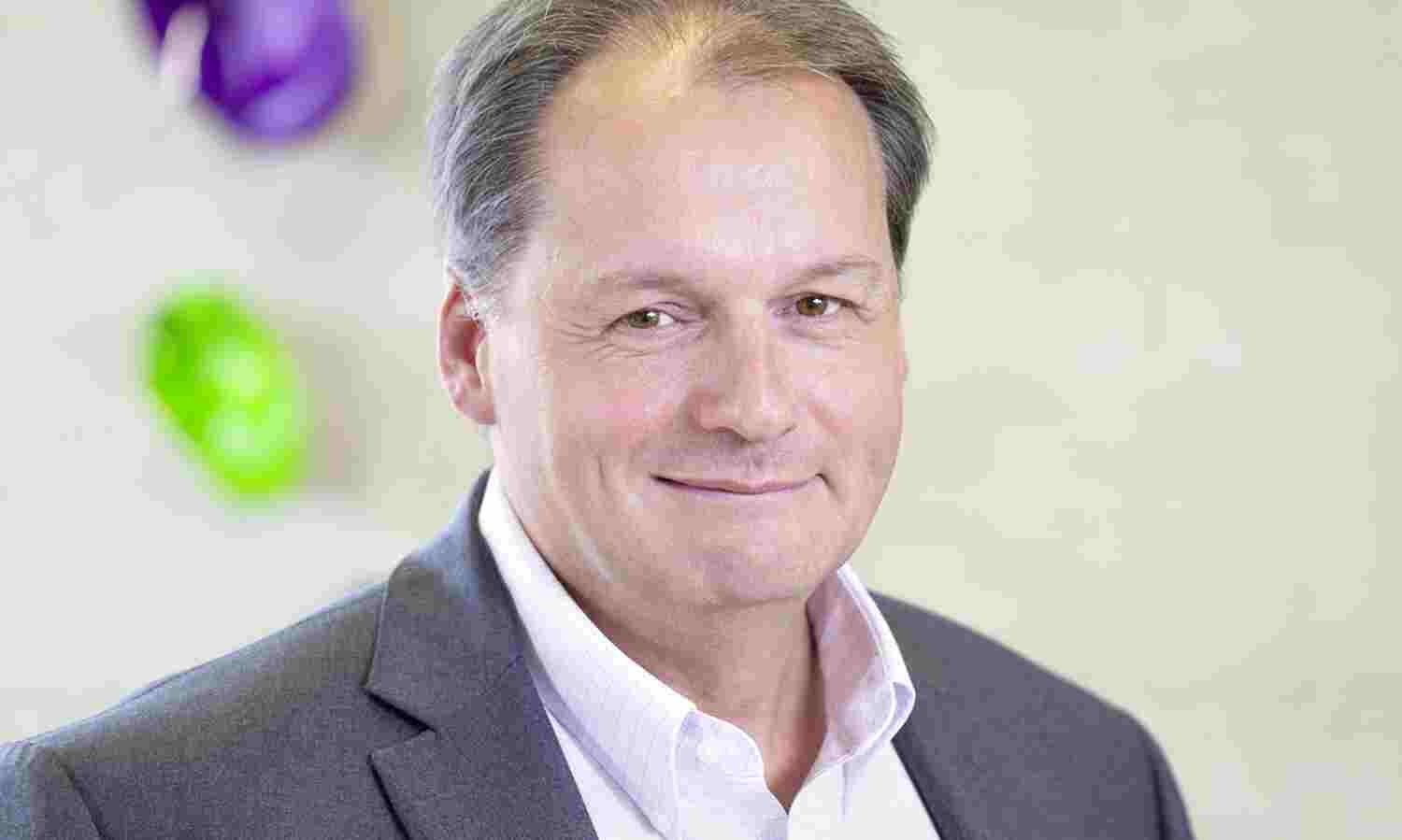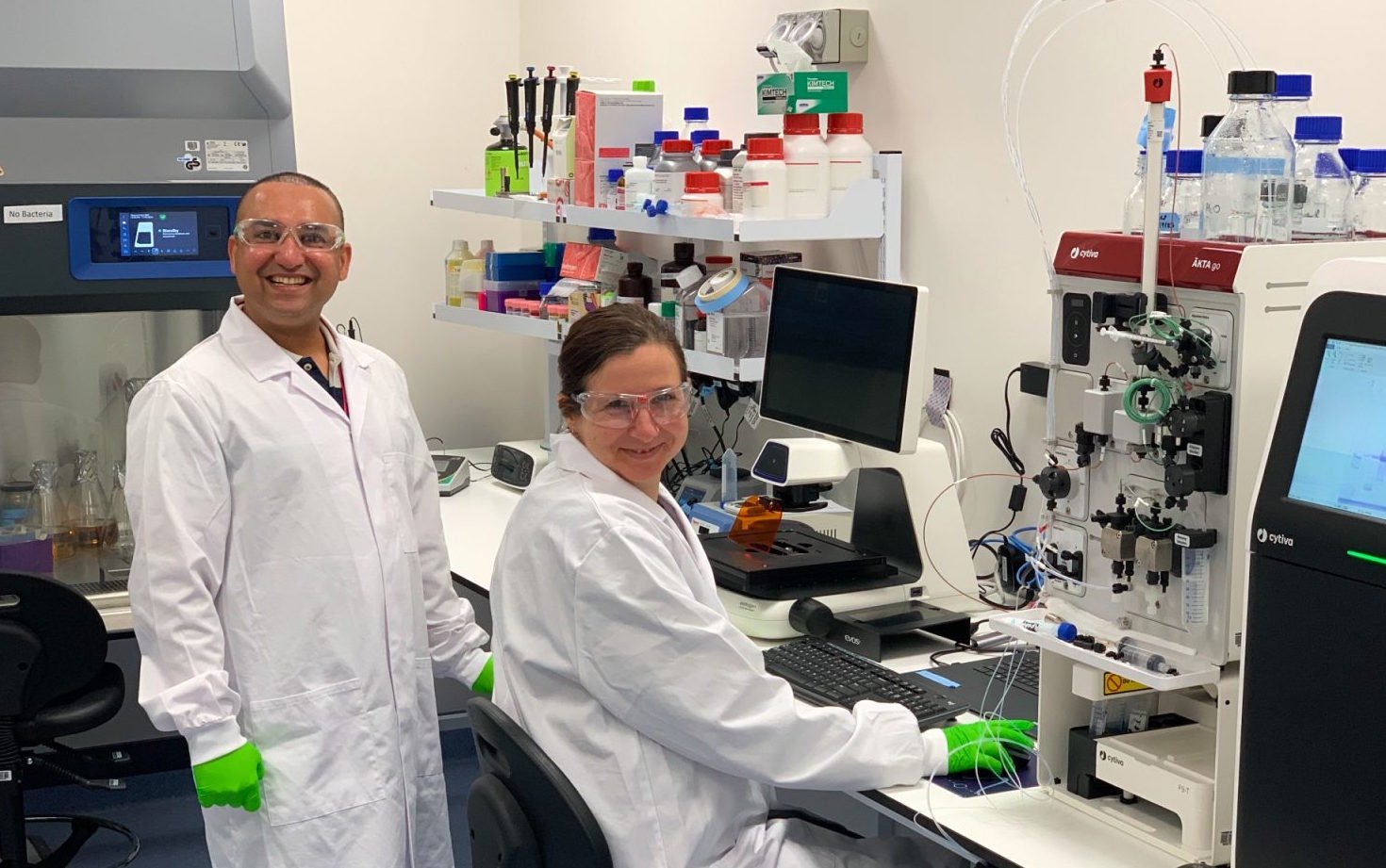Medtronic MD: We are growing at a double digit rate
25 January 2013 | Influencers | By BioSpectrum Bureau

Mr Milind R Shah, vice president, South Asia and managing director, Medtronic India
Medtronic was founded in 1949 in the US as a medical equipment repair show by Mr Earl Bakken and Mr Palmer Hermundslie. It is now a multinational company that uses technology to transform the way debiliating and chronic diseases are treated. Medtronic provides a wide range of products and therapies and the company claims that its products improve the life of an individual at every four seconds.
The company started operations in India in 1979 with its headquarters in Mumbai along with nine regional offices. Its business region extends to South Asian nations such as Bangladesh, Sri Lanka and Nepal. The company employs more than 350 people in India.
BioSpectrum connects with Mr Milind R Shah, vice president, South Asia and managing director, Medtronic India, who has been with the company for nearly nine years, to understand more about company's latest offerings in India
What are the focus areas for Medtronic in India?
In India, Medtronic is focused on addressing the key barriers to standard healthcare in the country. Although India has a high and growing incidence of non-communicable diseases (NCDs), patient access continues to be a challenge due to poor diagnosis, inadequate infrastructure and low insurance penetration.
Based on these identified deterrents to healthcare access, we are focusing on areas, such as improving diagnosis and referrals, removing capacity constraints through education and training partnerships, adapting to the local market conditions through business model, continuously innovating and sustaining market leadership.
Medtronic has pioneered advances in medical technology that are being used to treat cardiovascular diseases, spinal trauma and degeneration, diabetes and neurological conditions. Our innovative products such as the Continuous Glucose Monitoring System and the External Loop Recorder are helping physicians in diagnosing diabetes and cardiac arrhythmia in an effective and timely manner.
In India, Medtronic has set up therapy and procedure training centers (TPTC) in New Delhi, Mumbai and Chennai to train physicians in the latest technology available for treatment in their respective fields. To make the practitioners comfortable with the latest techniques and devices, the training centers collectively aim to train over 5,000 doctors every year. This is one of the ways in which Medtronic is contributing towards increasing patients' access to available therapies, improving clinical outcomes and optimizing costs to the different stakeholders, including patients, hospitals, physicians and the insurance companies.
In keeping with the needs of the market, Medtronic has designed the 'Healthy Heart for All' (HHFA) program that seeks to make cardiac therapy accessible and affordable to the large number of people who need it. HHFA aims to increase awareness and diagnosis of heart diseases by providing high quality, affordable cardiac diagnosis and treatment to underprivileged patients. The HHFA program, tailored to each patient's unique situation, significantly improves the affordability of implantable heart devices that the individual needs.
By working directly with the patients, it tries to sensitize them to cardiac disease symptoms right in the initial stage. After the first implant in September 2010, the program has steadily expanded to 50 hospitals across India. Under the easy financing options for heart devices implants, HHFA offers payment through easy installments starting from as little as Rs. 600 per month.
Where are the technologies, which are being offered by Medtronic in India, made? Does the company have a manufacturing or R&D center in India?
In India, Medtronic is committed to providing better healthcare with greater economic value through innovative solutions that help advance patient care. The products that we offer our patients, anywhere in the world, are manufactured at our state-of-the-art manufacturing facilities located across the globe in North America, Europe, Asia, Middle East, Africa and Latin America.
Currently, we do not have any manufacturing facility in India. However, our latest products are made available in India at almost the same time as anywhere else in the world. We have recently launched The Resolute Integrity drug-eluting stent and the new generation MiniMed Paradigm VEO, the world's first CGM-ready insulin pump with an automatic insulin shut-off mechanism. Both these technologies are among the latest that have been developed by Medtronic.
To what business model does the company has to cater in the India market?
To address India's healthcare challenges, Medtronic has instituted new ways of working and collaborating to help strengthen the healthcare system. We have deployed a hybrid distribution model to ensure that our therapies and products are readily available to our patients. This model includes an extensive sales force spread across the country, which provides essential technical support to physicians and implanters during the procedures.
We have our operations headquartered at Mumbai, supported through nine regional offices based in Delhi, Baroda, Ahmedabad, Kolkata, Hyderabad, Kochi, Bangalore, Chennai and Pune. Our technical staff is complemented by a widespread distributor network, which ensures the just-in-time (JIT) availability of our product inventory, not just in the metropolitan areas but also in the tier II and tier III cities.
How much does Medtronic India contribute to the overall revenue of the company?
India is an important market for Medtronic and we have been growing at a double digit rate over the past few years and expect to do the same over the next few years. Medtronic has had its presence in India for quite some time now.
Please tell us a success story from India or the Asia Pacific
In India, Medtronic is making a concerted effort to reduce the impact of chronic and non-communicable diseases through advanced medical technologies, making our therapies more accessible and increasing patient awareness. The "Healthy Heart for All" program is an example of our success in combining relevant and efficient healthcare solutions with a robust business model.
Today, the HHFA program is operational in more than 50 hospitals across 18 cities namely, Delhi, Kolkata, Ranchi, Durgapur, Coimbatore, Salem, Trichy, Tirunelveli, Calicut, Palakkad, Cochin, Mumbai, Pune, Ahmednagar, Ahmedabad, Bangalore, Mysore and Mangalore. The program has generated huge interest across Medtronic, and is indicative of the significance the Indian market holds for our company. Together, all our therapies help save & improve around 250,000 lives a year in India and neighboring countries.
Which of your business units are witnessing significant growth in India?
We have eight business units and have consistent focus on all of them. Coronary Vascular, Cardiac Rhythm Disease Management, Structural Heart and Endovascular businesses are clubbed under our Cardiac and Vascular Group (CVG) and deliver a bulk of our revenue.
Spinal and Biologics, Surgical Technologies and Neuromodulation constitute the Restorative Therapies Group, which is growing significantly faster than the CVG business. Finally, our Diabetes business is positioned very strongly to make an impact in India due to the high population of diabetics in India. Our globalization strategies, which include delivering optimum economic value wherever we operate, will help us to succeed by transforming the way we work to address the burden of chronic diseases in the region.
What were the challenges that the company faced in 2012 in India?
The year 2012 had been a good year for Medtronic in India. Nevertheless, we do face challenges in talent acquisition as the medical devices industry is small with a limited pool of talent. Balancing opposite forces of rising costs (due to inflation and depreciation of the Rupee) along with reducing prices (to make the products and therapies more affordable for the Indian market) has been another major challenge for us.
What trends will the healthcare industry witness in 2013 in India? How is the company planning to adapt to these trends?
Non-communicable diseases (NCD) are a major cause of morbidity and mortality in India. As per the World Bank, NCDs account for 62 percent of the total disease burden, while the rest is from communicable diseases. Cardiovascular diseases (CVD), injury, mental health, cancer, respiratory diseases, and diabetes are the major NCDs in India. About 1.2 million Indians die due to heart attacks every year and this number is growing by 9.2 percent annually.
CVDs account for the second largest number of non-communicable disease patients after mental illnesses. 24.8 percent of CVD patients are in the 25-69 age groups, according to the Cardiology Society of India. Lifestyle-related diseases such as diabetes, CVD and diseases of the central nervous system are plaguing India and Medtronic can play a key role in supporting the management of these diseases. We believe that innovation in medical technology is an important tool towards creating better quality of lives. This combined with an innovative business model can make affordable healthcare accessible to a larger section of the Indian population.












